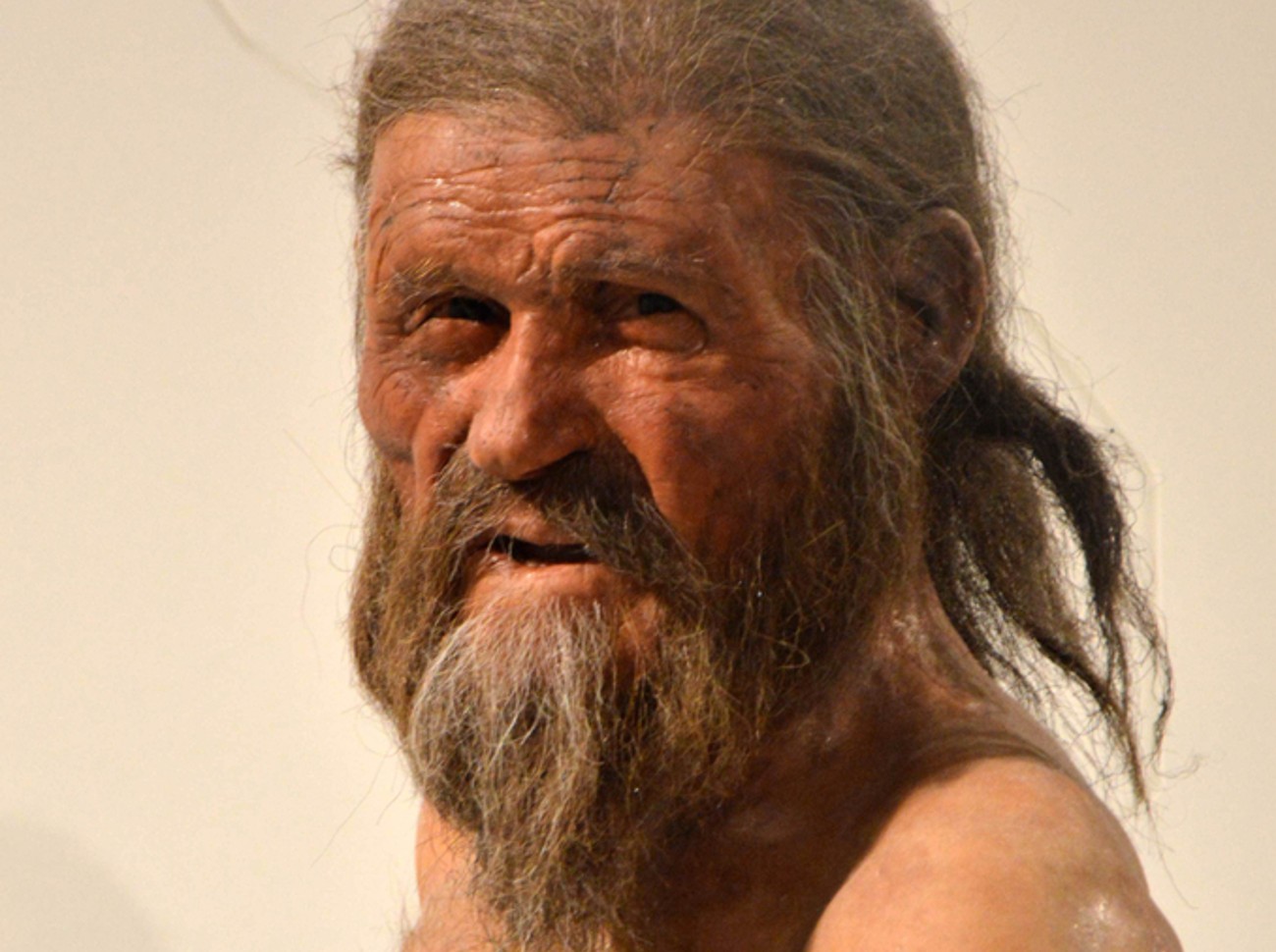Tollund Man, Otzi the Iceman: What Their Last Meals Reveal
Modern methods provide further insight into the diets of ancient humans.
By Gabe AllenSep 7, 2021 4:18 PM

A reproduction of Otzi at the Tyrol Museum of Archaeology in Bolzano, South Tyrol, Italy. (Credit: Zigres/Shutterstock)
More than three thousand years ago, high in the Tyrolean Alps, two shepherds trudged on through deepening snow. For two days, the pair had been trying to shake off a band of marauders to no avail. When they climbed high into the alpine to take refuge in the sheer cliff bands, the thieves chased them deep into a deep gully above a steep face. The shepherds continued downwards — the risk of a fall was better than the certain fate that awaited them if they stayed put.
Now, the shepherds were hungry, tired and fairly certain that their attackers were off the scent. They had run, adrenaline fueled, down the morainal slopes to lower ground, just in time for an early-season snowstorm to cut off visibility at 50 paces. Seated around a small fire, they retrieved a supper of einkorn wheat, bracken fiddleheads and smoked red deer and ibex meat from birchbark baskets. It was the last meal they would ever eat.
These scenes are one of any number of scenarios that could have played out over the last few days of life of Europe’s oldest known mummy, Otzi the iceman. Ever since a pair of German tourists found his body melting out of a glacier in 1991, researchers have doggedly searched for clues as to the manner of Otzi’s death. But, an unequivocal account would require a time machine.
More:
https://www.discovermagazine.com/planet-earth/tollund-man-otzi-the-iceman-what-their-last-meals-reveal?utm_source=feedburner&utm_medium=feed&utm_campaign=Feed%3A+discovercrux+%28The+Crux%29
